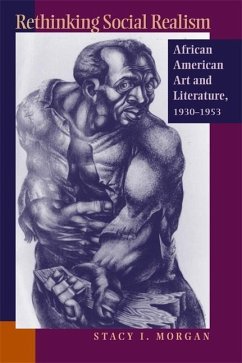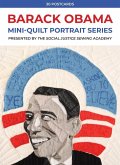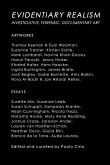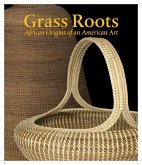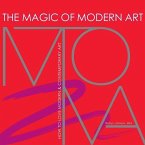The social realist movement, with its focus on proletarian themes and its strong ties to New Deal programs and leftist politics, has long been considered a depression-era phenomenon that ended with the start of World War II. This study explores how and why African American writers and visual artists sustained an engagement with the themes and aesthetics of social realism into the early cold war-era--far longer than a majority of their white counterparts. Stacy I. Morgan recalls the social realist atmosphere in which certain African American artists and writers were immersed and shows how black social realism served alternately to question the existing order, instill race pride, and build interracial, working-class coalitions. Morgan discusses, among others, such figures as Charles White, John Wilson, Frank Marshall Davis, Willard Motley, Langston Hughes, Sterling Brown, Elizabeth Catlett, and Hale Woodruff.
Hinweis: Dieser Artikel kann nur an eine deutsche Lieferadresse ausgeliefert werden.
Hinweis: Dieser Artikel kann nur an eine deutsche Lieferadresse ausgeliefert werden.

